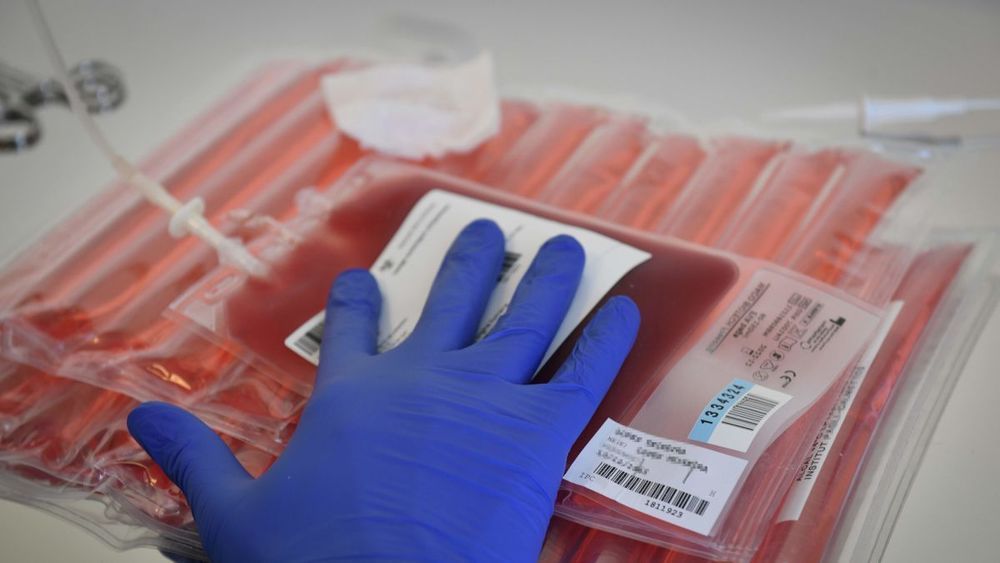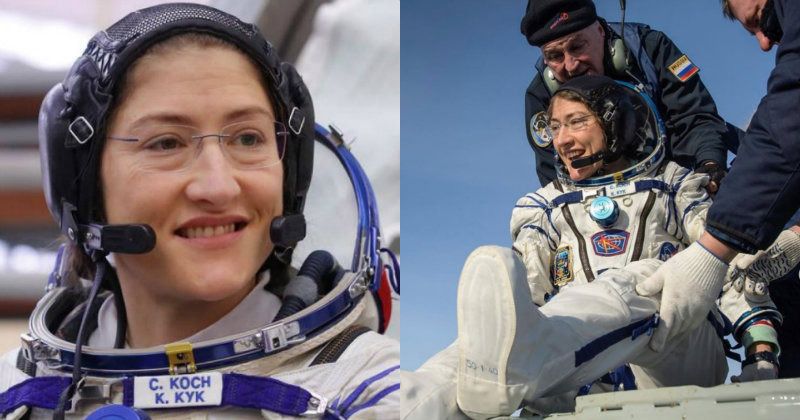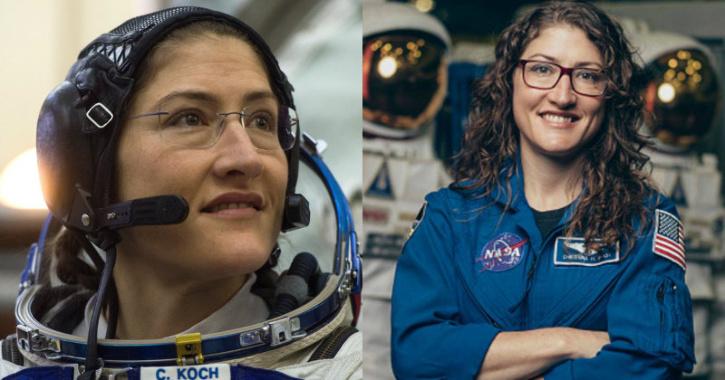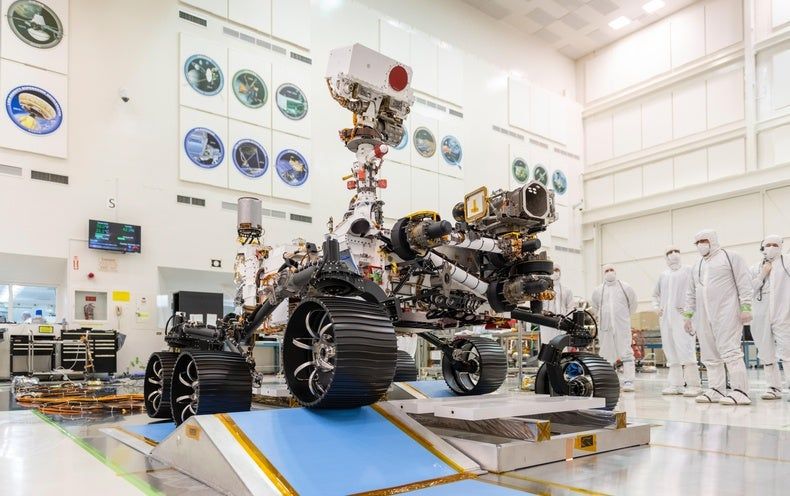For years, scientists have hoped to use the gene-editing technology CRISPR to help treat all sorts of diseases, including cancer. Now for the first time in the U.S., researchers say they’ve shown that CRISPR-edited immune cells can be safely given to cancer patients and survive for up to nine months—a finding that may signal CRISPR’s future as part of an emerging cancer treatment known as immunotherapy.
The idea that we can boost the human immune system to help it fight off cancer isn’t new. But it’s only recently that researchers have been able to make substantial advances in the field. There are different techniques, but one that’s received lots of attention involves reprogramming our immune system’s shock troops, known as T cells, to attack cancer. T cells are drawn out from a patient’s blood, grown and modified in the lab so that they target tumor cells, and then reintroduced back into the body.








